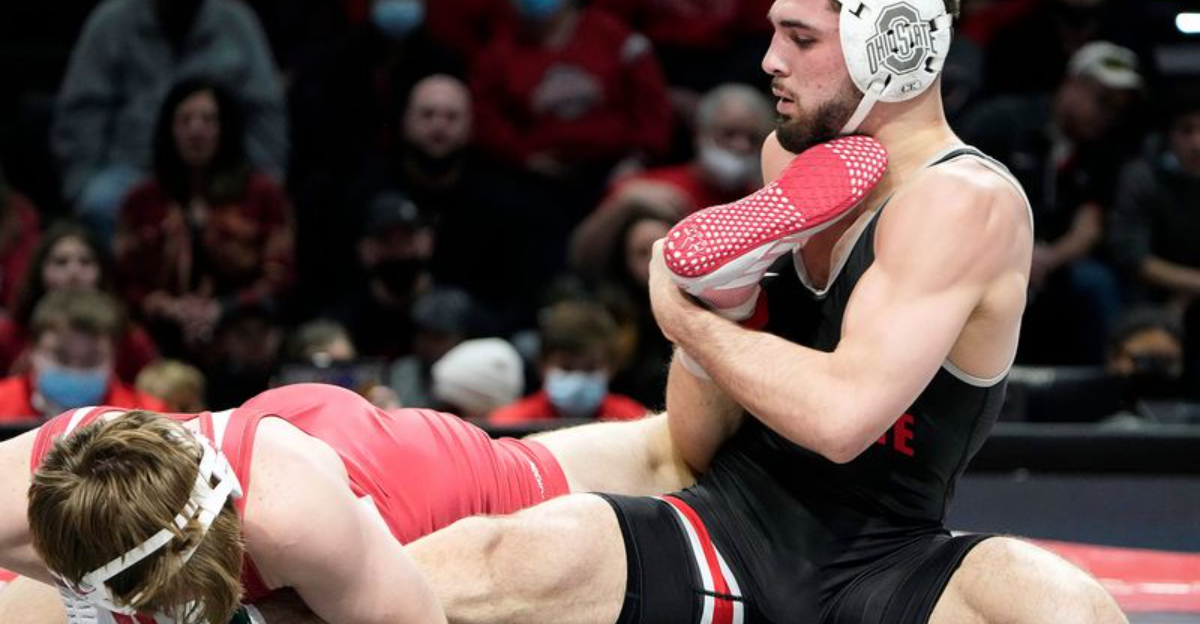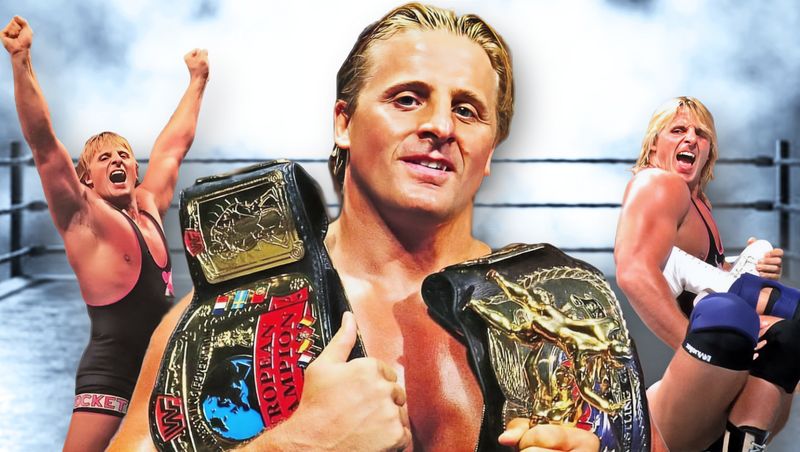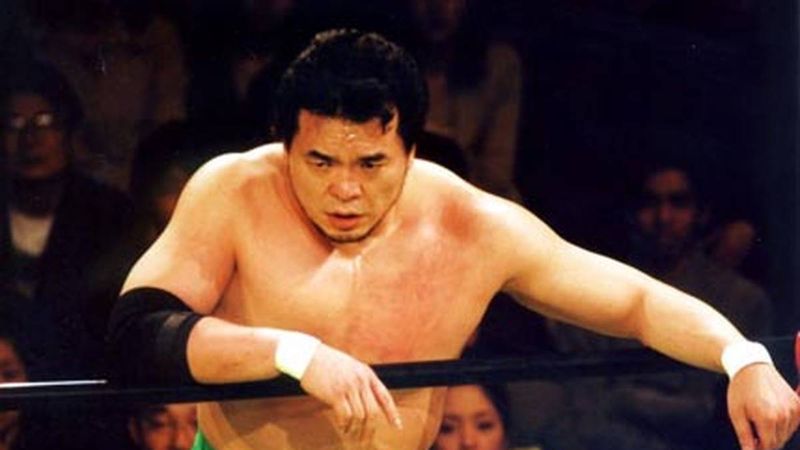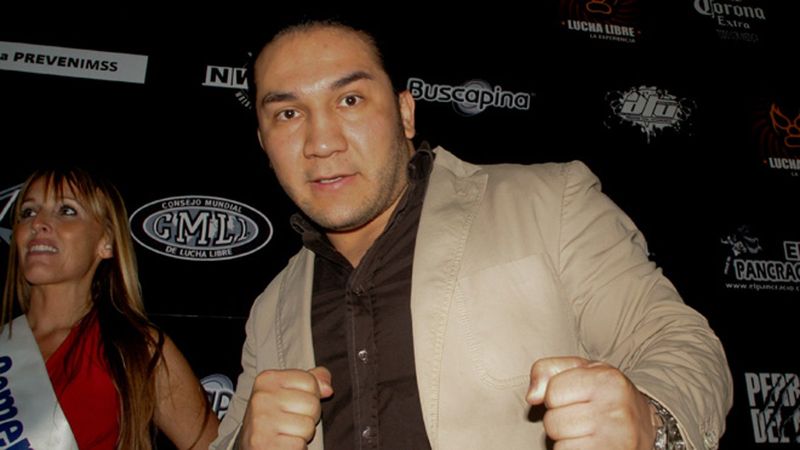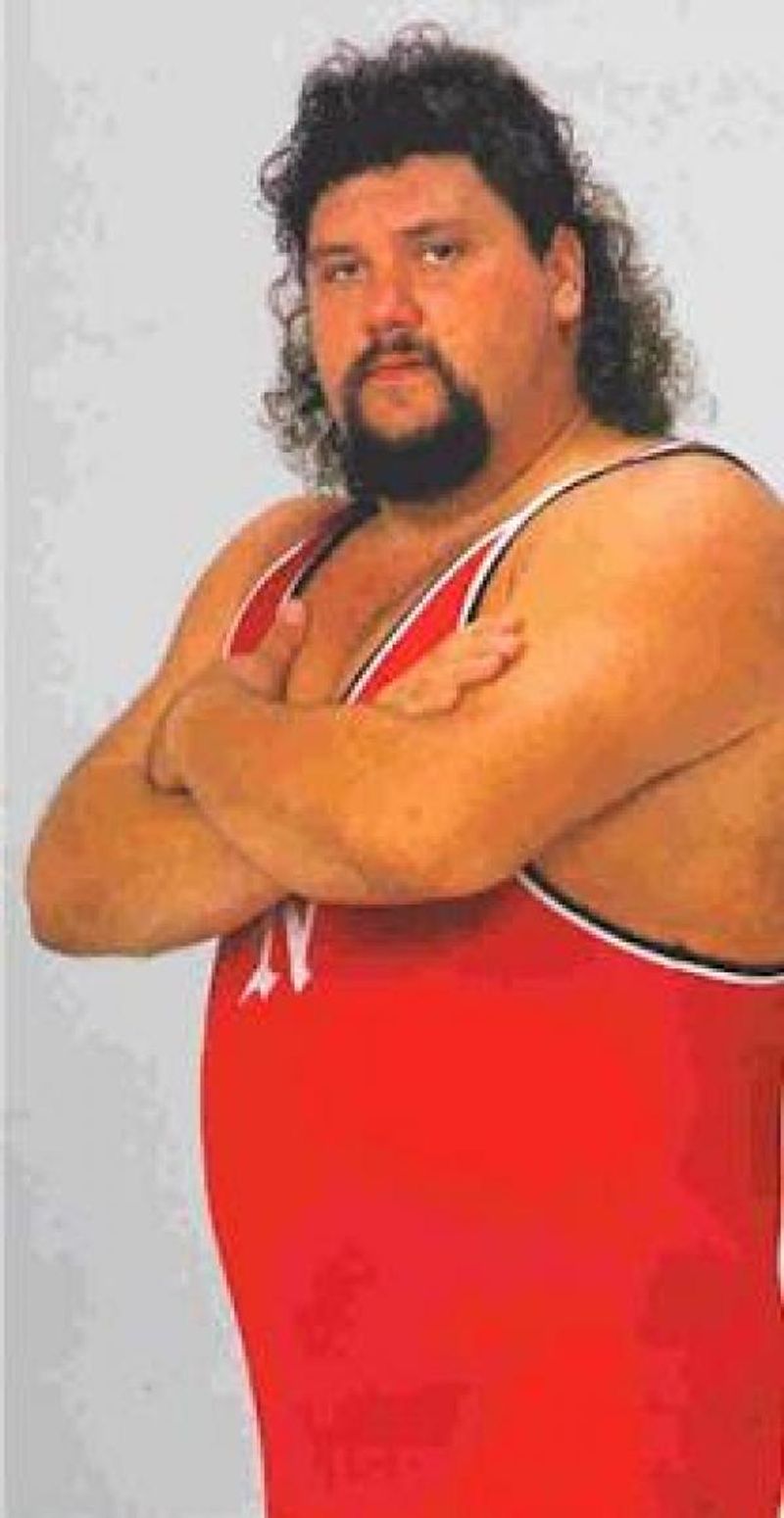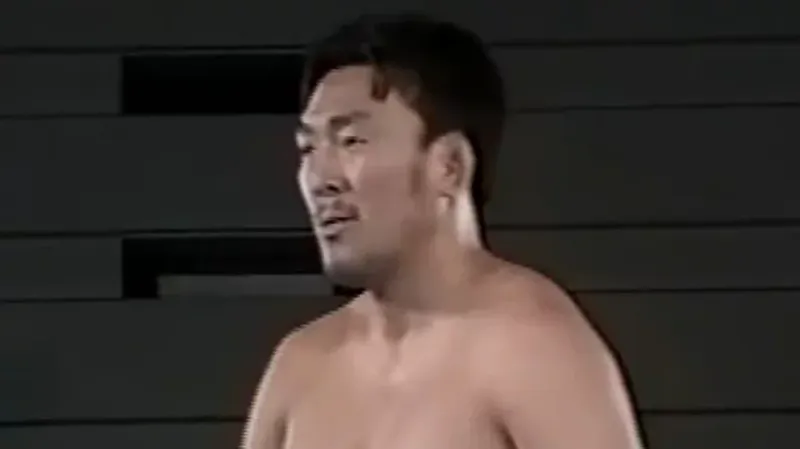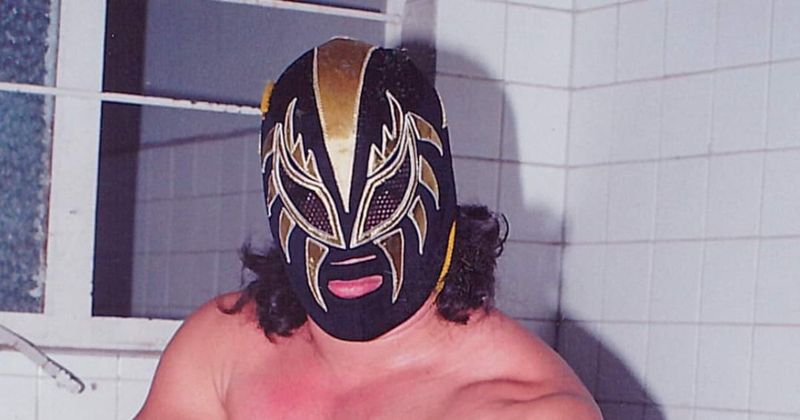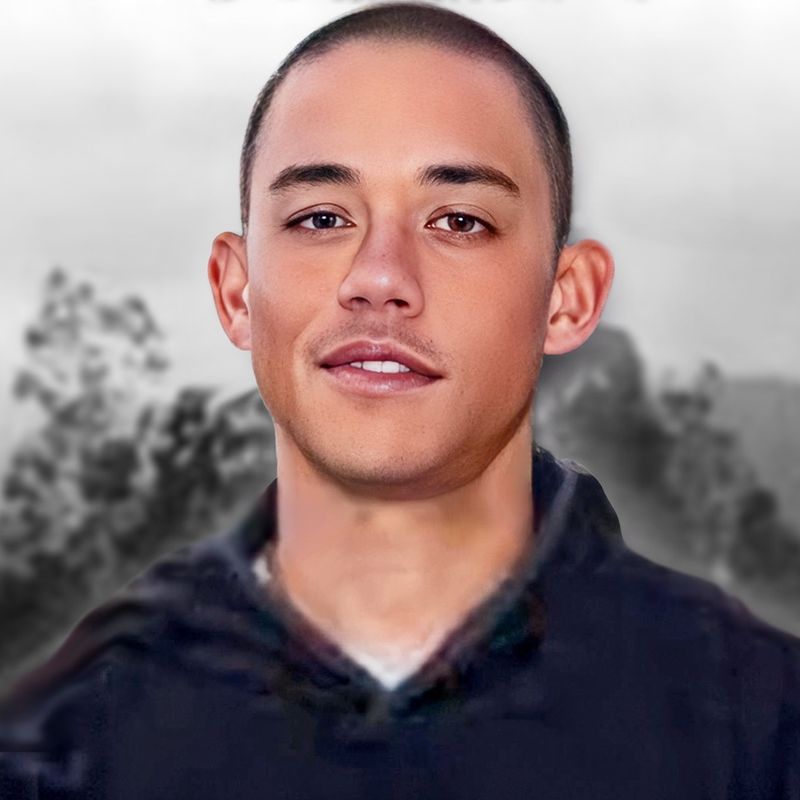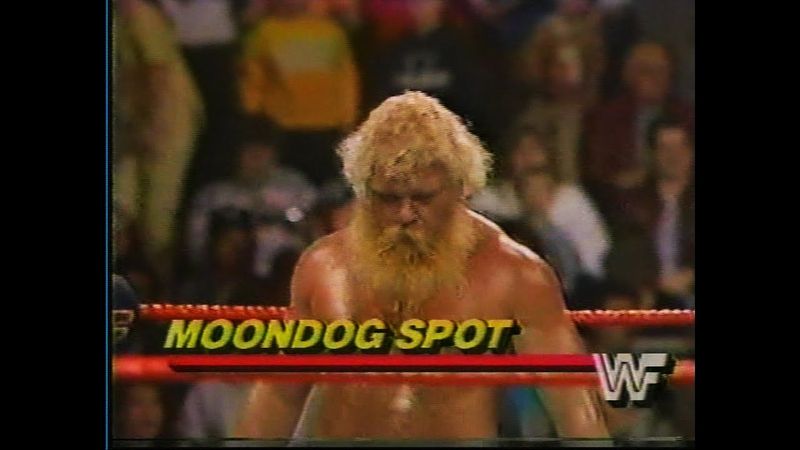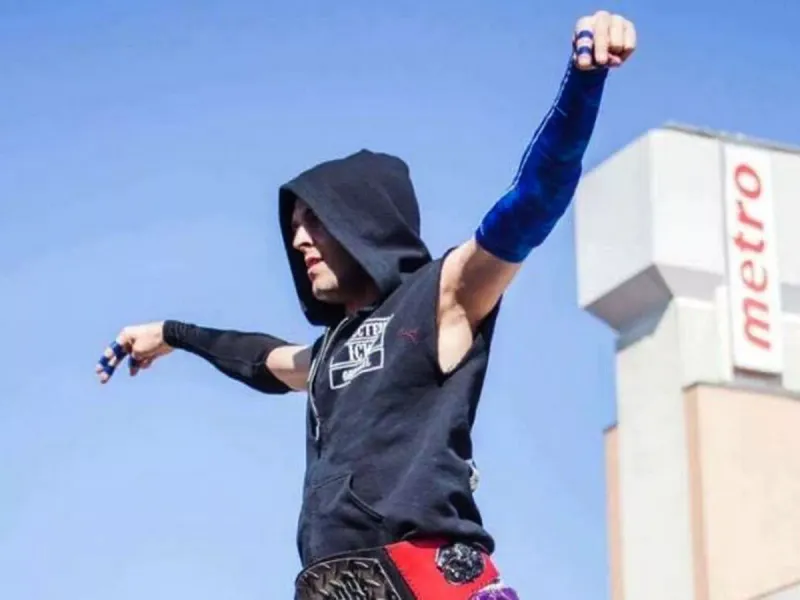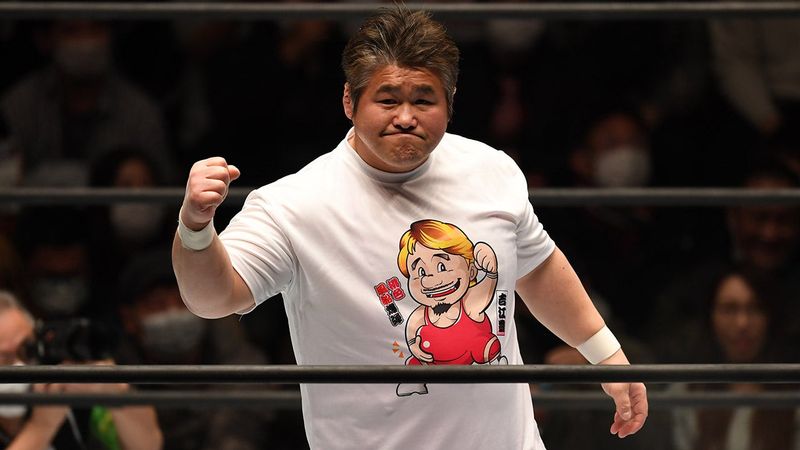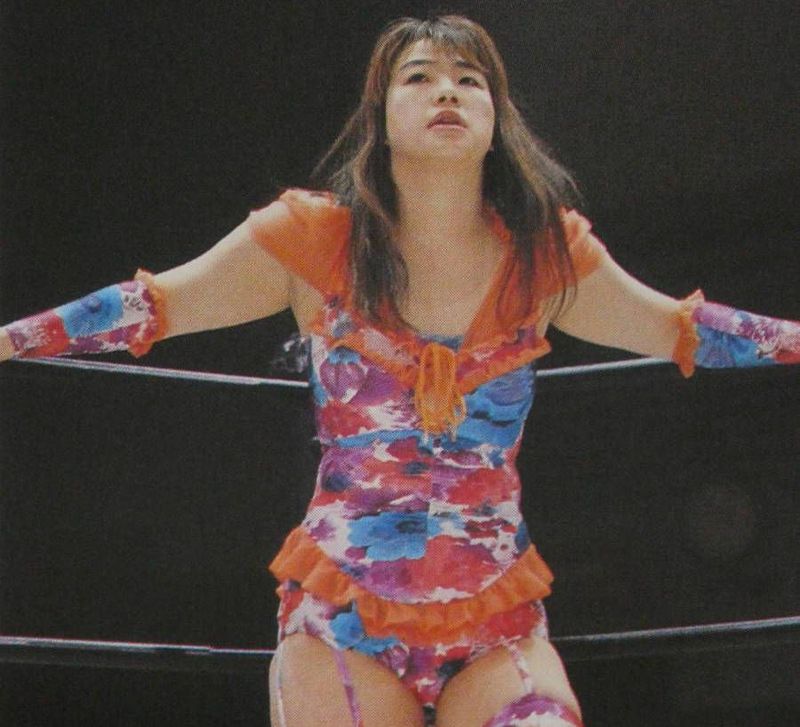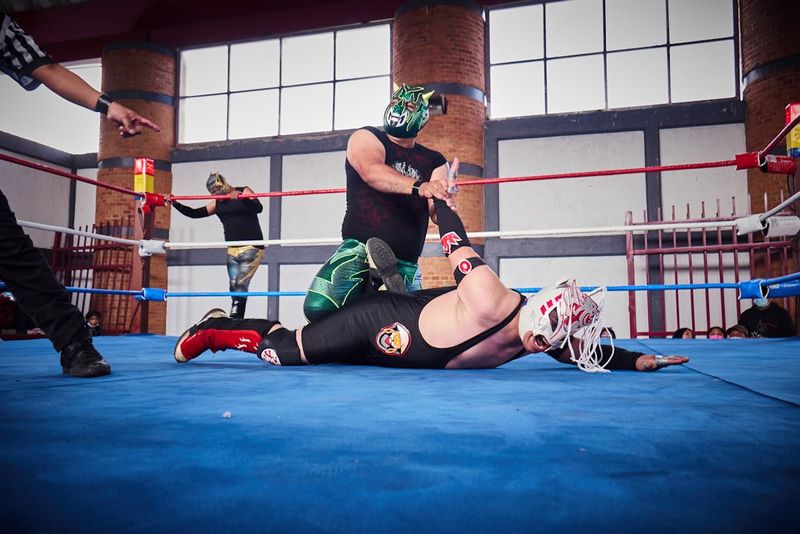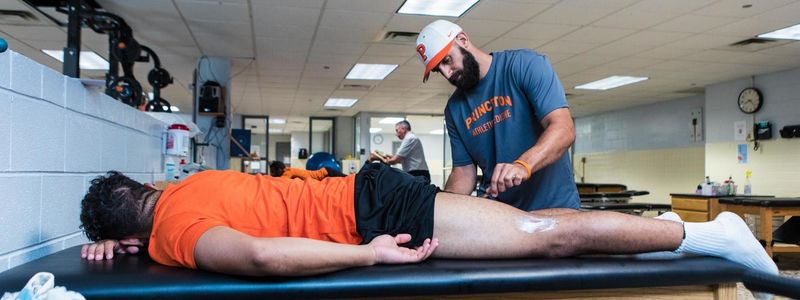The world of professional wrestling, while largely scripted, can sometimes lead to tragic outcomes. This blog post explores 16 profound tragedies where wrestlers lost their lives during live events, and suggests five critical safety protocols that could have potentially saved them.
These incidents underscore the inherent risks of this high-octane sport and highlight the need for stringent safety measures. By understanding these occurrences, we can appreciate the need for enhanced safety in the wrestling world.
1. Owen Hart (1965–1999)
Owen Hart, a charismatic wrestling star, captivated audiences with his athleticism and charm. At the age of 34, during WWF Over the Edge, a tragic accident occurred. His harness malfunctioned, leading to a fall from 78 feet. The arena in Kansas City was filled with shock and disbelief as Hart succumbed to internal injuries upon impact. Known for his dedication, Owen’s untimely death was a profound loss to the wrestling community. His legacy continues to inspire, reminding us of the need for rigorous safety protocols during high-risk stunts.
2. Mitsuharu Misawa (1962–2009)
Mitsuharu Misawa, a legend in Japanese wrestling, met an untimely end during a tag team match in Hiroshima. At 46, he was performing a routine back suplex when tragedy struck. Misawa collapsed mid-match, revealing the fragility of even the most practiced maneuvers. His death was attributed to a spinal cord injury, sending shockwaves through the wrestling community. Misawa’s passion for wrestling and his influential career left a lasting impact. This incident underscores the importance of thorough medical screenings and precautions, even for seasoned professionals.
3. Perro Aguayo Jr. (1979–2015)
Perro Aguayo Jr., known for his vibrant personality, tragically passed away during a match in Tijuana. At 35, he was engaged in a bout with Rey Mysterio Jr. when he collapsed against the ropes. The cause was cervical spine trauma, a stark reminder of the dangers inherent in wrestling. Aguayo Jr.’s exuberance and commitment to his craft endeared him to fans worldwide. His passing highlighted the urgent need for immediate medical response availability during matches to potentially save lives when accidents occur.
4. Gary Albright (1963–2000)
Gary Albright, a powerhouse in the ring, faced an unforeseen tragedy during a match in Pennsylvania. At 36, after taking a routine move, he collapsed due to a heart attack. Albright’s death, attributed to an enlarged heart, highlighted the importance of pre-match medical screenings to identify hidden health conditions. A revered figure in wrestling, Albright’s legacy is celebrated by fans who admired his strength and tenacity. His unexpected passing serves as a cautionary tale, urging the implementation of comprehensive health assessments for athletes.
5. Larry Cameron (1952–1993)
Larry Cameron, renowned for his athletic prowess, met an untimely demise in Bremen, Germany. At 41, during a match, he suffered a heart attack. Despite resuscitation efforts, Cameron could not be revived. His death underscored the critical importance of mandatory pre-match health evaluations to detect underlying issues. Cameron’s dynamic presence in the ring left a significant mark on the sport. His passing serves as a somber reminder that even the most vibrant athletes can be at risk without proper medical oversight and preventive measures.
6. Emiko Kado (1976–1999)
Emiko Kado, a promising talent, tragically passed away at just 23. During a tag team match in Japan, she collapsed post-match and later succumbed to a brain hemorrhage. Kado’s youthful spirit and potential were evident to all who watched her perform. Her death, following a head injury, underscores the critical need for rigorous safety protocols and immediate medical intervention. Kado’s legacy is honored by those who saw her as a rising star, serving as a poignant reminder of the sport’s inherent risks and the importance of preventive safety measures.
7. Masakazu Fukuda (1972–2000)
Masakazu Fukuda, a vibrant competitor, faced a tragic end during a match with Katsuyori Shibata in Japan. At 28, he collapsed in-ring due to a brain hemorrhage, a condition linked to a previous similar injury. Fukuda’s dedication to wrestling and his energetic style made him a fan favorite. This incident highlights the critical importance of strict regulation of high-risk moves and thorough medical evaluations. Fukuda’s untimely death serves as a dire warning, urging the wrestling community to prioritize safety and preventive measures for all performers.
8. Oro (Jesús Javier Hernández Silva) (1971–1993)
Oro, a rising star in the wrestling world, tragically passed away at the young age of 21. During a match in Mexico, he collapsed after taking a routine bump, later diagnosed with a brain aneurysm. Known for his charisma and potential, Oro’s death was a significant loss to the wrestling community. This incident highlights the unpredictable nature of in-ring performances and the necessity for immediate medical response capabilities. Oro’s legacy is remembered by fans who saw his potential, emphasizing the urgent need for safety measures in wrestling.
9. Brian Ong (1978–2001)
Brian Ong, an aspiring wrestler, tragically lost his life during a training match at just 23. In a session with Dalip Singh, known as The Great Khali, he suffered a second concussion. Ong had not been medically cleared after a previous head injury, underscoring the critical need for comprehensive medical protocols in training environments. His passing serves as a stark reminder of the potential dangers in wrestling training and the importance of strict safety regulations. Ong’s story is a cautionary tale, urging for better safety measures for aspiring wrestlers.
10. Moondog Spot (Larry Booker) (1952–2003)
Moondog Spot, known for his entertaining persona, faced a tragic end during a tag team match in Memphis, Tennessee. At 51, he suffered a heart attack in-ring, despite the presence of paramedics. This incident underscores the importance of immediate medical response and pre-match health screenings. Moondog Spot’s unique character and contributions to wrestling are celebrated by fans who cherished his performances. His unexpected passing is a reminder of the unpredictable nature of live events and the vital need for proactive medical measures to ensure performer safety.
11. Eric Denis (1977–2017)
Eric Denis, a dedicated independent wrestler, tragically passed away during a charity match in Montreal at the age of 40. Known for his commitment to the sport, Denis collapsed mid-match due to a heart attack. His passing highlighted the importance of having immediate medical response available at all wrestling events, particularly for those involved in high-adrenaline activities. Denis’s legacy is remembered by fans and peers who respected his dedication and passion for wrestling. This incident calls for increased attention to health and safety measures to protect performers.
12. Yutaka Yoshie (1973–2024)
Yutaka Yoshie, a respected figure in wrestling, tragically passed away following a match at an All Japan Pro Wrestling event. At 51, he collapsed in the locker room from a cardiac event. Yoshie’s influential career and his dedication to wrestling were recognized by fans worldwide. This incident underscores the necessity of routine health assessments and medical preparedness during events. Yoshie’s legacy is celebrated through his impactful contributions to the sport, serving as a reminder of the importance of prioritizing health and safety for athletes, especially veterans.
13. Mike DiBiase (1923–1969)
Mike DiBiase, a prominent figure in wrestling, passed away during a match in Lubbock, Texas, at the age of 45. Known for his resilience and skill, DiBiase suffered a heart attack in-ring. Despite efforts from fellow wrestler Harley Race to perform CPR, he could not be revived. His passing highlights the need for immediate medical response and thorough pre-match health screenings. DiBiase’s legacy is honored by fans who admired his talent and contribution to wrestling. This incident serves as a reminder of the sport’s risks and the importance of safety protocols.
14. Malcolm “King Kong” Kirk (1935–1987)
Malcolm “King Kong” Kirk, a larger-than-life personality in wrestling, met his end after a match in Great Yarmouth, England, at 51. Following Big Daddy’s finishing move, Kirk suffered a heart attack. His passing underscored the need for stringent health assessments and timely medical interventions during live events. Known for his imposing presence and theatrical style, Kirk’s contributions to the sport are fondly remembered. This incident serves as a poignant reminder of the unpredictable nature of wrestling, advocating for enhanced safety measures to protect performers and prevent such tragedies.
15. Janet Wolfe (1933–1951)
Janet Wolfe, an aspiring wrestler, tragically passed away at just 18 during a tag team match in East Liverpool, Ohio. She collapsed in-ring and succumbed to a brain hemorrhage the following morning. Wolfe’s youthful ambition and potential were evident to all who watched her perform. Her untimely death underscores the necessity for enhanced safety protocols and immediate medical assistance during matches. Wolfe’s legacy is cherished by those who saw her potential, serving as a somber reminder of the risks associated with wrestling and the importance of preventive measures.
16. Plum Mariko (1967–1997)
Plum Mariko, a trailblazer in Japanese wrestling, tragically died during a tag team match in Japan at the age of 30. She succumbed to head trauma, becoming the first female Japanese wrestler to die from an in-ring injury. Mariko’s pioneering spirit and influence in women’s wrestling left a lasting impact. Her death highlights the urgent need for comprehensive safety measures and immediate medical intervention during matches. Mariko’s legacy is honored as a catalyst for change, advocating for heightened safety protocols to prevent future tragedies in wrestling.
1. Enhanced Equipment Safety Protocols
Implementing enhanced equipment safety protocols is crucial to prevent accidents like that of Owen Hart. Ensuring all gear, especially harnesses used for stunts, is rigorously checked and maintained can avert catastrophic failures. These protocols involve regular inspections and adherence to safety standards, minimizing risks during high-risk performances. By prioritizing equipment safety, wrestling organizations can provide a safer environment for performers, reducing the likelihood of tragic incidents. This approach is vital for maintaining the integrity and safety of the sport, safeguarding athletes from preventable harm.
2. Mandatory Pre-Match Medical Screenings
Mandatory pre-match medical screenings are essential to identify potential health risks in athletes. Regular health assessments can uncover underlying conditions, such as those that led to the unexpected deaths of wrestlers like Gary Albright and Larry Cameron. By implementing these screenings, wrestling organizations can take preventive measures to protect performers from unforeseen medical emergencies. This proactive approach ensures a higher standard of safety, allowing wrestlers to compete with confidence, knowing their health is monitored. Such screenings are a fundamental aspect of athlete safety, promoting longevity and well-being in the sport.
3. Immediate Medical Response Availability
The availability of immediate medical response during wrestling events is imperative to address injuries promptly. Incidents like Perro Aguayo Jr.’s highlight the critical need for quick medical intervention. Having trained medical personnel on-site ensures that injuries are assessed and treated without delay, potentially saving lives. This protocol involves equipping arenas with necessary medical equipment and ensuring personnel are prepared for emergencies. By prioritizing swift medical responses, wrestling organizations can create a safer environment for performers, demonstrating a commitment to their health and safety during high-stakes events.
4. Strict Regulation of High-Risk Moves
Regulating high-risk moves in wrestling is crucial for minimizing in-ring injuries. Moves such as certain suplexes or aerial maneuvers, which have high injury potential, should be carefully monitored and potentially limited. Strict regulation ensures that performers are protected from unnecessary harm, reducing the likelihood of severe injuries like those experienced by Mitsuharu Misawa. By implementing guidelines for these moves, wrestling organizations can maintain the excitement of the sport while prioritizing the safety of their athletes. This balanced approach fosters a safer, more sustainable environment for professional wrestling.
5. Comprehensive Training on Safety Techniques
Comprehensive training on safety techniques is vital for reducing risks in professional wrestling. Ensuring that all performers are thoroughly trained in the safe execution of moves and emergency procedures can minimize in-ring accidents. This training involves educating wrestlers on proper techniques and protocols, promoting a culture of safety. By prioritizing safety education, wrestling organizations can protect their athletes, reducing the incidence of injuries and enhancing the overall welfare of performers. Such initiatives demonstrate a commitment to athlete safety, fostering a responsible and secure environment for wrestling.
